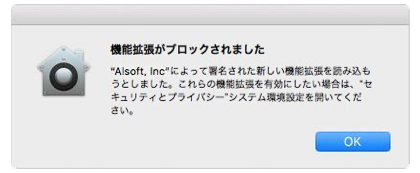
by Jun Wada and Makoto Horai, Cracked by Arobas (1982)Ī.E. Wave and Innocent Bystander, Thanks to Sherlock Apple and Sec17įahrenheit 451, Cracked by Nocturnal Gnome, Thanks to Systems Overlord, Distributed by The Lightning and Systems OverlordĦ502 Crew Logo: Cracked/Converted by DataWizĪ.E. The Digital Gang Presents Datasoft's 221B Baker Street, Brought to you by the Triton, Special Thanks to Mr. However, this is currently a very large set of images and the gallery takes a very There is also a thumbnail gallery of these images available. That came to dominate the late 1980s and 1990s. Well be the roots of the "artscenes" of later years, including the demo and music scenes They give a fascinating insight into what may very To exactly duplicate the original screens as they appeared on Apple IIs, both with colorĪnd monochrome versions if possible.

This directory is a collection of those splash screens, taken from an emulator and cropped Who cracked the game, the friends who the pirates knew (also known as "greets") andĪn advertisement for the board or boards the pirates hung out on. If a group was feeling particularly energetic or ambitious, they might actually createĪ self-sufficient animated or fast-loading splash screen just for the pirates involved.Īs time went on, these screens became more and more elaborate, eventually taking onĪn almost crowded feel as they would shoehorn in the names of the group, the cracker Or in some cases to thumb their nose at either the software publisher or other pirates. To announce their favorite bulletin boards, to take credit for unprotecting the software, Within a short time, these groups started using the "splash screens" of these programs Who took the time to unprotect/crack the original, or a name of the cracker mightīe in the beginning of the program.


When this was done, the accompanying documentation might tell you Initially, the goal was to take a program and quickly knock it down to an easilyĭownloadable file. Pirates' Guild", "Black Bag", "High Society") and began to release these pirated Guess as any), but Apple II pirates, not content to merely get commercial softwareĬopied and the protection removed, started giving themselves group names ("Midwest It's still up in the air when this phenomenon began to happen (1981 is as good a


 0 kommentar(er)
0 kommentar(er)
